NO Synthase
Nitric oxide synthases (NOSs) are a family of enzymes catalyzing the production of nitric oxide (NO) from L-arginine. NO synthases catalyze the oxidation of L-arginine to NO and L-citrulline. Mammals contain three NOS isoforms: neuronal NOS (nNOS), inducible NOS (iNOS), and endothelial NOS (eNOS). NO produced from these different NOS isoforms is involved in a wide range of physiologic functions in the nervous, immune, and cardiovascular systems. Unregulated NO production can lead to pathologic conditions such as stroke, inflammation, and hypertension. Therefore, the control of NOS activity by isoform selective NOS inhibitors has great potential for therapeutic treatments of NO-related diseases.
Ziele für NO Synthase
Produkte für NO Synthase
- Bestell-Nr. Artikelname Informationen
-
GC40262
α-Humulene
α-Humulen ist ein Hauptbestandteil von Tanacetum vulgare L.

-
GC69799
(Rac)-ZLc-002
(Rac)-ZLc-002 ist ein Inhibitor, der die Interaktion zwischen nNOS und dem Protein NOS1AP hemmt. Er hemmt entzündungsbedingte Schmerzen und neuropathische Schmerzen, die durch Chemotherapie verursacht werden, und senkt in Kombination mit Paclitaxel die Aktivität von Tumorzellen.
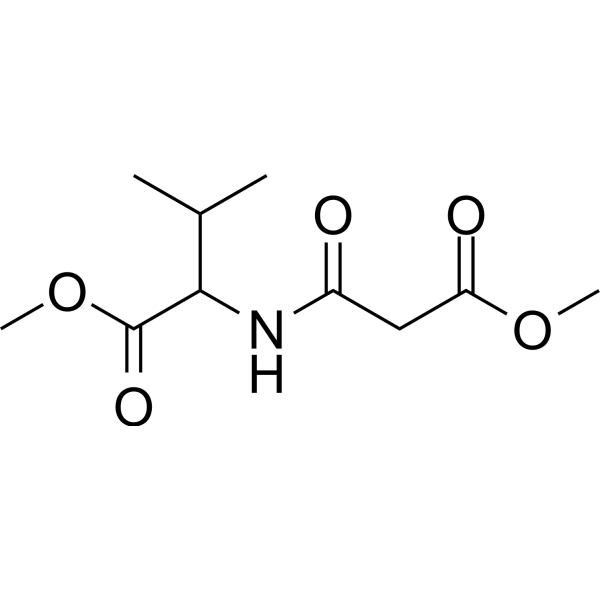
-
GC13563
1400W dihydrochloride
1400 W Dihydrochlorid ist ein potenter und selektiver Inhibitor der humanen induzierbaren NO-Synthase mit Ki-Werten von 7 nM.
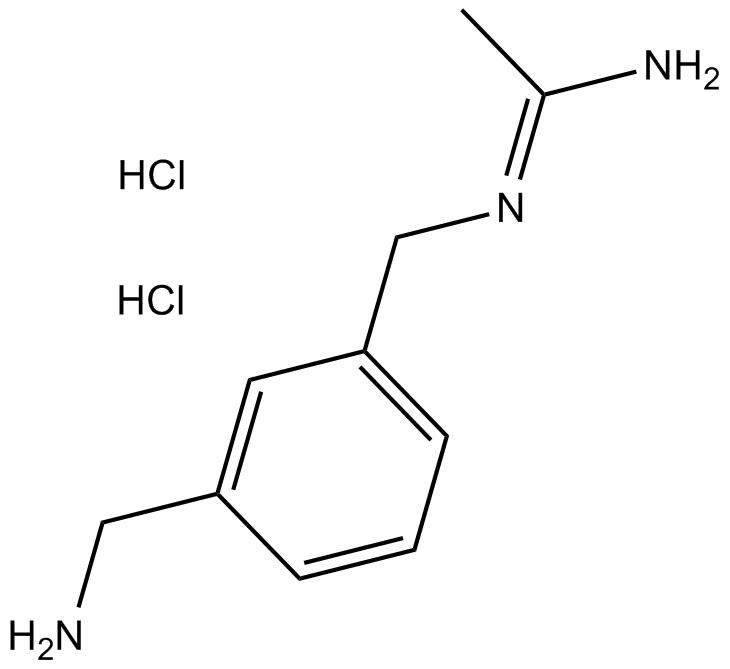
-
GC64739
2-Aminoquinoline
2-Aminochinolin (2-Chinolinamin) ist eine vielversprechende Verbindung als bioverfÜgbarer nNOS-Inhibitor, leidet jedoch unter einer geringen humanen nNOS-Hemmung, einer geringen SelektivitÄt gegenÜber humanem eNOS und einer signifikanten Bindung an andere ZNS-Ziele.
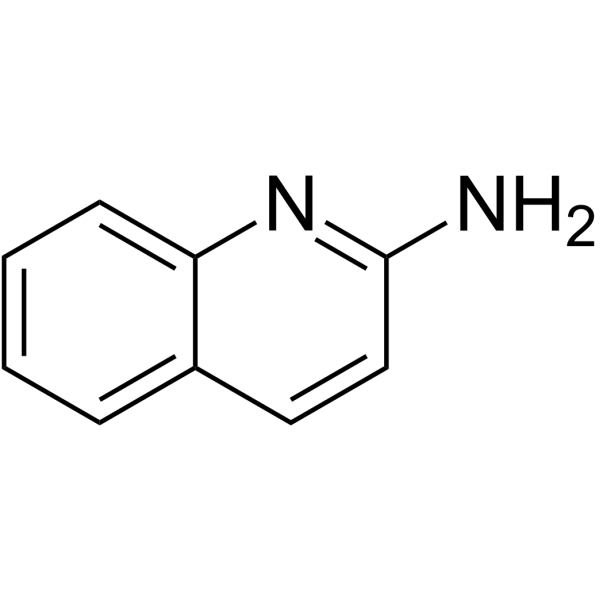
-
GC16664
2-Iminobiotin
2-Iminobiotin (Guanidinobiotin) ist ein Analogon von Biotin (Vitamin H oder B7).
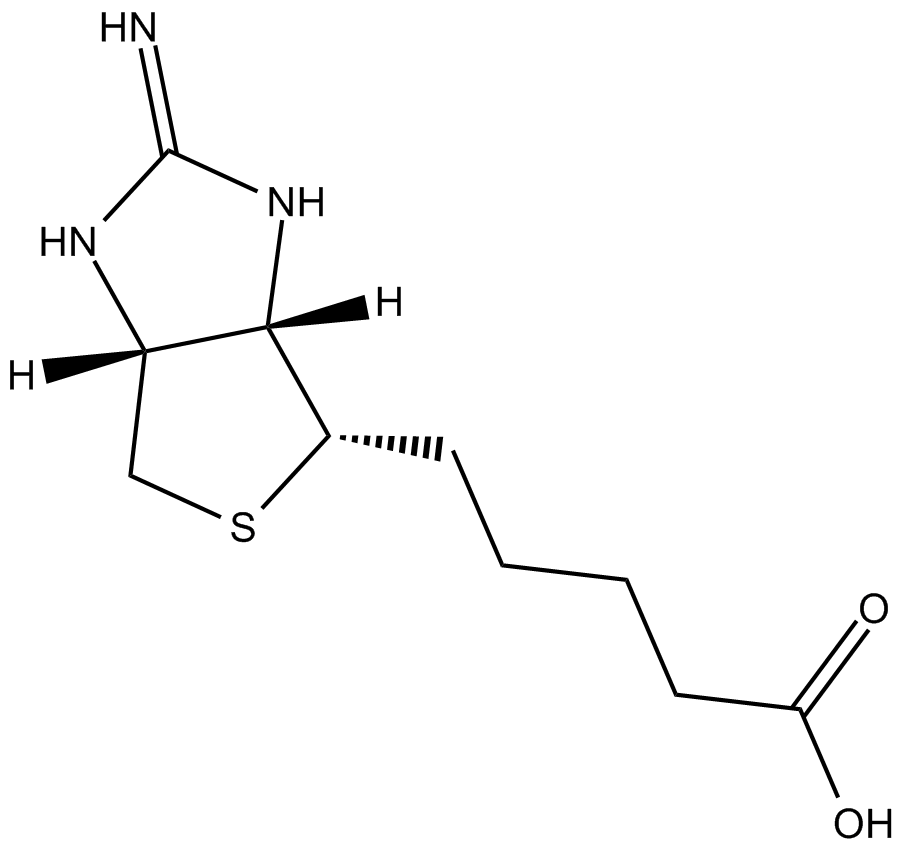
-
GC39326
2-Iminobiotin hydrobromide
2-Iminobiotin-Hydrobromid (Guanidinobiotin-Hydrobromid) ist ein Analogon von Biotin (Vitamin H oder B7).
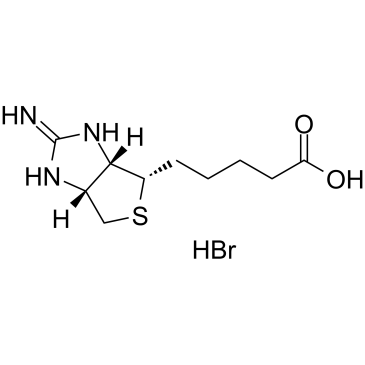
-
GC34451
3',4'-Dihydroxyflavonol
3',4'-Dihydroxyflavonol (DiOHF) ist ein wirksames Antioxidans, das Superoxid reduziert und die Stickoxid (NO)-Funktion in diabetischen RattengekrÖsearterien verbessert.
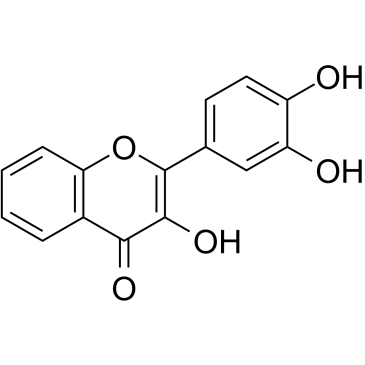
-
GC68081
3-Amino-1,2,4-triazine

-
GC38208
3-Bromo-7-nitroindazole
A potent inhibitor of nNOS
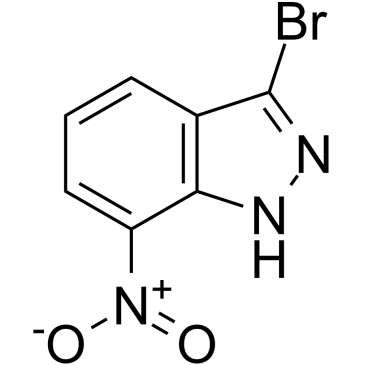
-
GC45673
7,8-Dihydroneopterin
7,8-Dihydroneopterin, ein EntzÜndungsmarker, induziert zellulÄre Apoptose in Astrozyten und Neuronen durch VerstÄrkung der Stickoxid-Synthase (iNOS)-Expression.

-
GC16831
Agmatine sulfate
Agmatinsulfat Übt eine modulierende Wirkung auf mehrere molekulare Ziele wie Neurotransmittersysteme, IonenkanÄle und die Stickoxidsynthese aus.
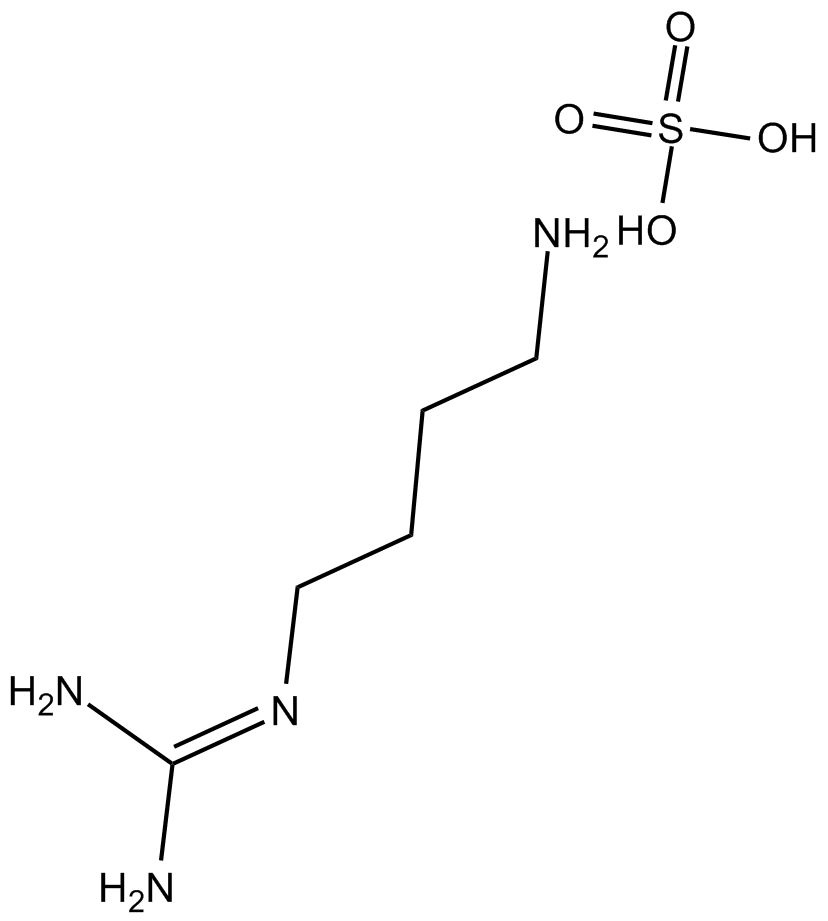
-
GC65226
Aminopicoline
Aminopicolin (Ascensil) ist ein potenter und nicht selektiver Inhibitor der Isoenzyme der NO-Synthase (NOS) (iNOS, nNOS, eNOS).
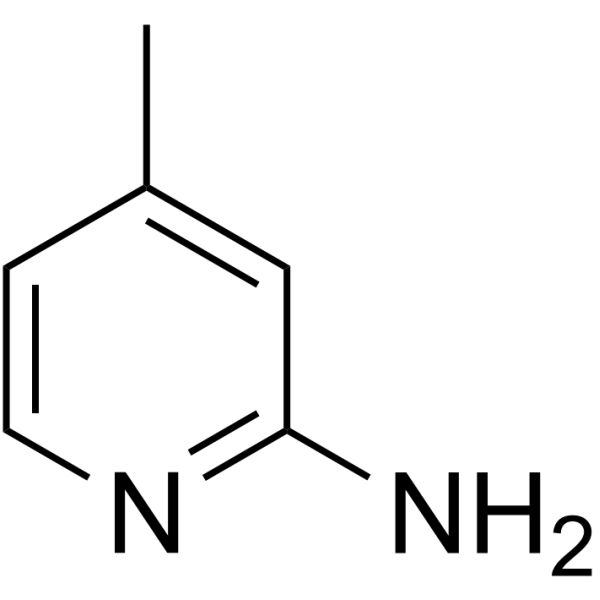
-
GN10685
Anemarsaponin B
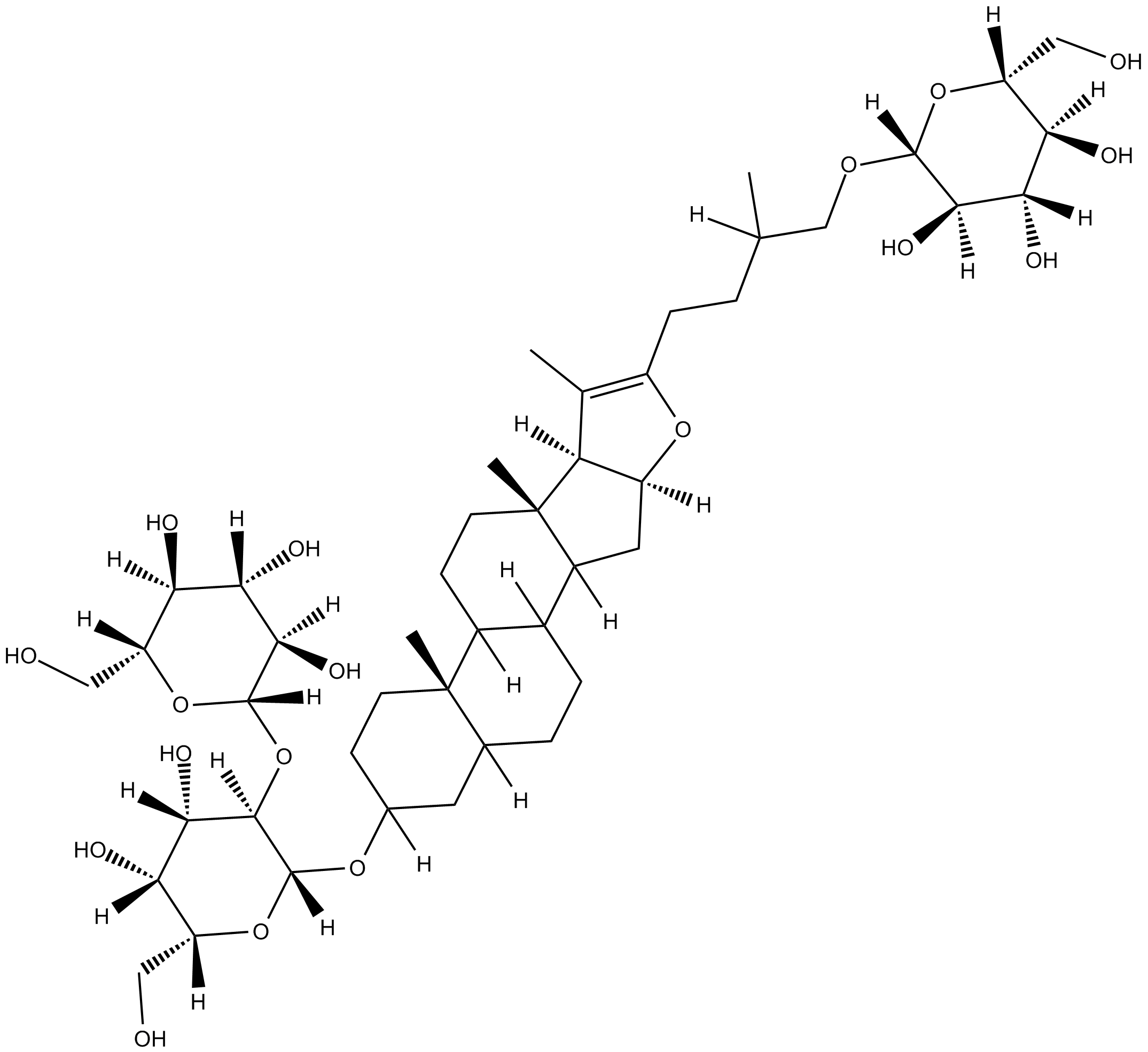
-
GC38735
AR-C102222 hydrochloride
AR-C102222-Hydrochlorid ist ein potenter, kompetitiver, oral aktiver und hochselektiver Inhibitor der induzierbaren Stickoxidsynthase (iNOS) mit einem IC50-Wert von 37 nM.
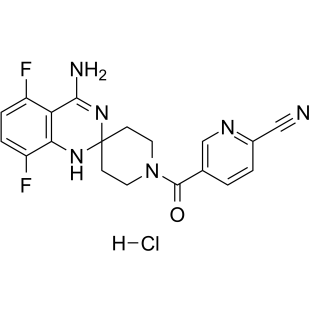
-
GC35411
Asperuloside
Asperulosid ist ein aus Hedyotis diffusa isoliertes Iridoid mit entzÜndungshemmender Wirkung.
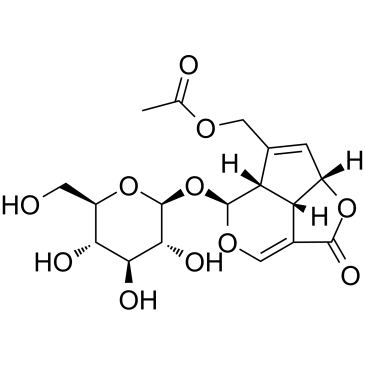
-
GC32457
Asymmetric dimethylarginine
Asymmetrisches Dimethylarginin ist ein endogener Inhibitor der Stickoxidsynthase (NOS) und fungiert als Marker fÜr eine endotheliale Dysfunktion bei einer Reihe von pathologischen ZustÄnden.
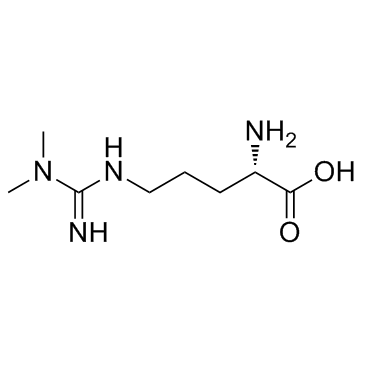
-
GC32486
AVE-3085
AVE-3085 ist ein potenter endothelialer Stickoxid-Synthase-Verstärker, der zur Behandlung von Herz-Kreislauf-Erkrankungen eingesetzt wird.
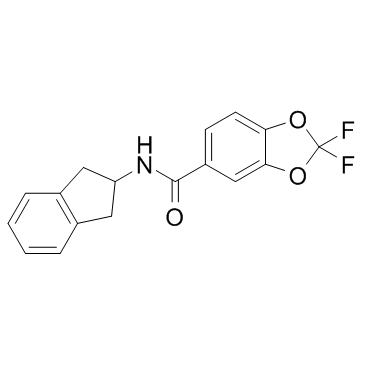
-
GC34046
Bendazol
Bendazol ist ein blutdrucksenkendes Medikament, das auch die NO-Synthase-AktivitÄt in Nierenglomeruli und Sammelrohren verstÄrken kann.
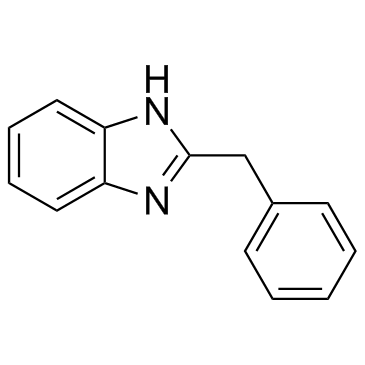
-
GC62878
Bryonolic acid
BryonolsÄure ist eine aktive Triterpenoidverbindung mit immunmodulatorischen, entzÜndungshemmenden, antioxidativen und krebsbekÄmpfenden AktivitÄten.
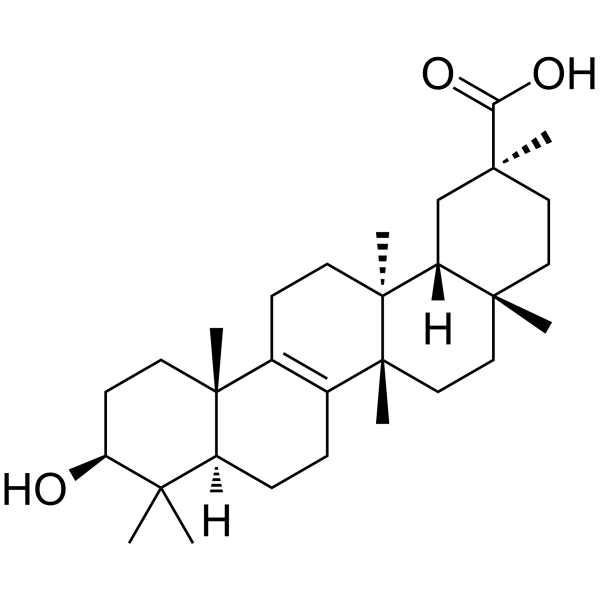
-
GN10342
Chondroitin sulfate
Chondroitinsulfat, eine von fünf Klassen von Glykosaminoglykanen, wird weit verbreitet in der Behandlung von Osteoarthritis eingesetzt.
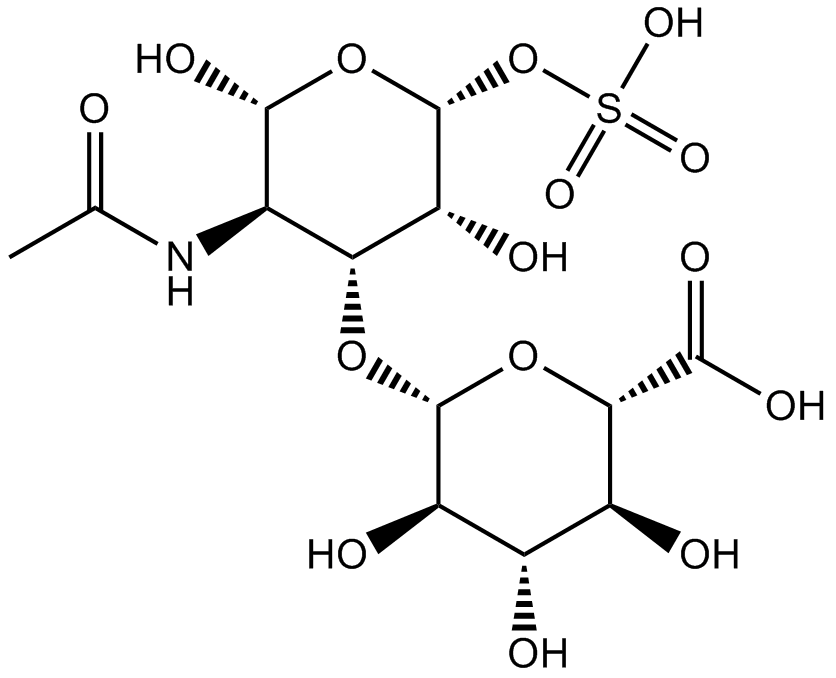
-
GC38900
Ciwujianoside C3
CiwujianosidC3, eine oral aktive und in das Gehirn eindringende Verbindung, wird aus den BlÄttern von Acanthopanaxhenryi Harms isoliert.
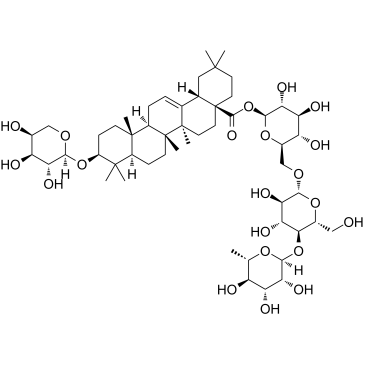
-
GN10338
Compound K
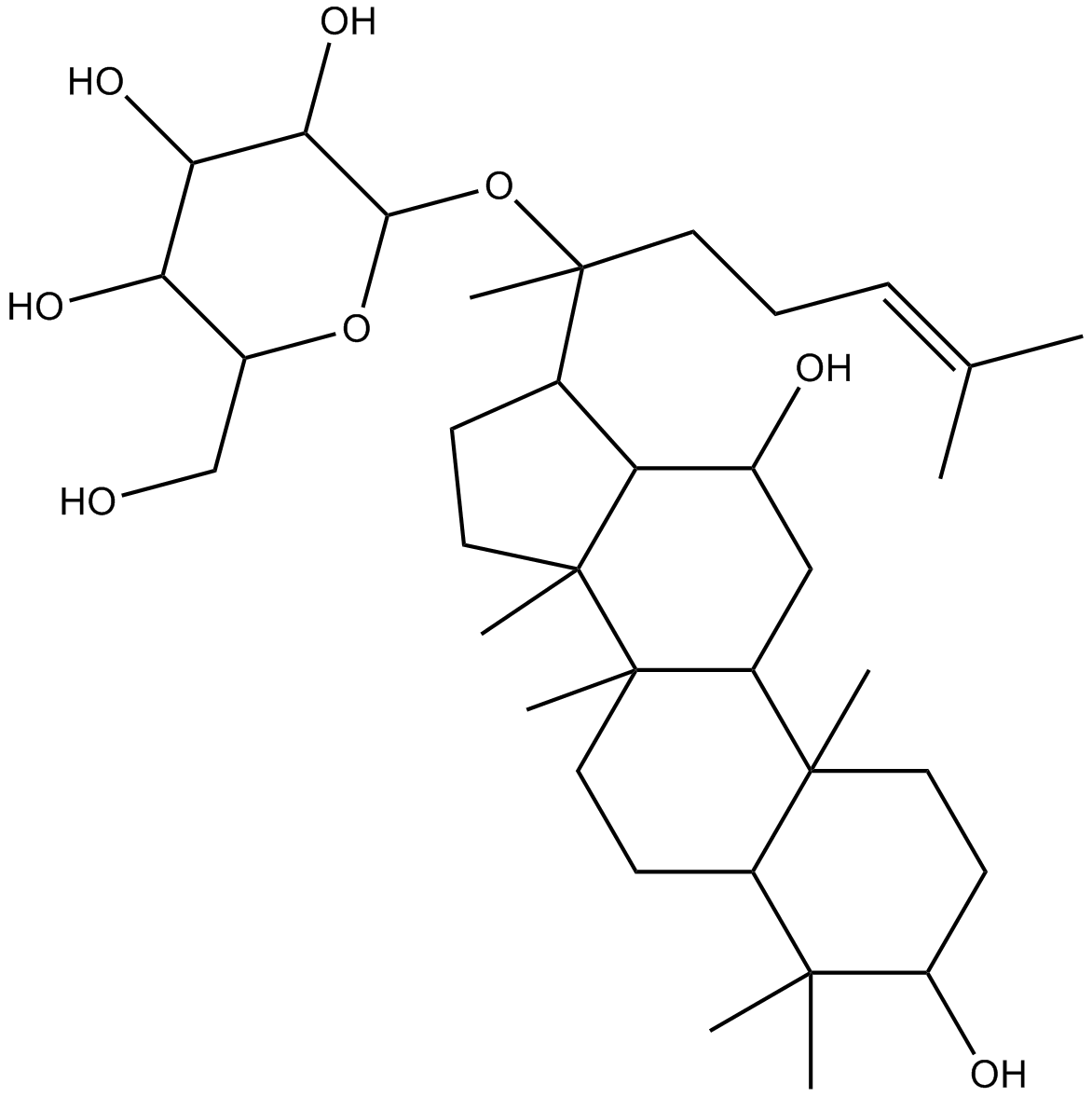
-
GC38224
Crocin II
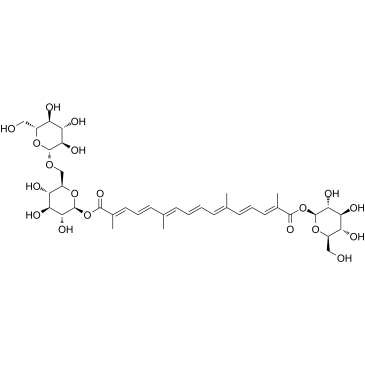
-
GC18864
Curvularin
Curvularin, ein Pilzmetabolit und ein starkes Mykotoxin, das auf natÜrliche Weise aus Curvularia lunata isoliert wird, hemmt die Zytokin-induzierte Stickoxidsynthase (iNOS) mit einem IC50 von 9,5 μM.
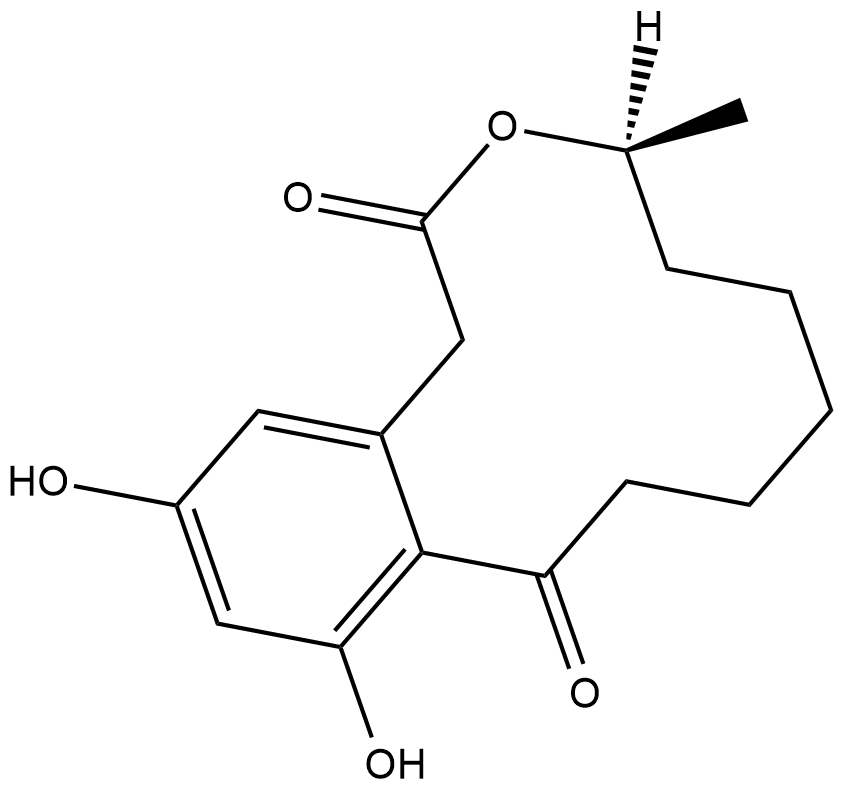
-
GC38431
Dehydroevodiamine
Dehydroevodiamin ist ein wichtiges bioaktives Chinazolin-Alkaloid, das aus Evodiae Fructus isoliert wird und eine antiarrhythmische Wirkung in ventrikulÄren Myozyten des Meerschweinchens hat.
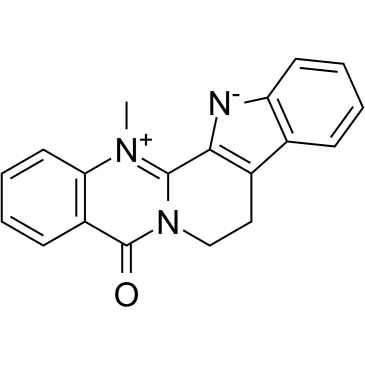
-
GC18259
DETA NONOate
Ein NO-Donator
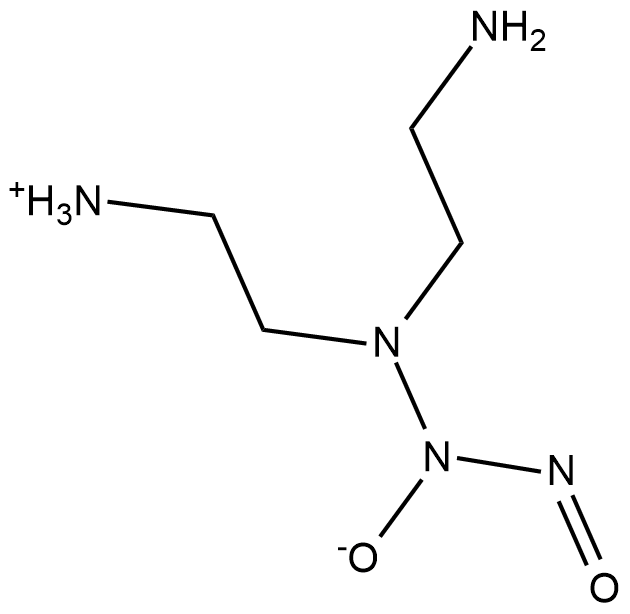
-
GC60152
Epibetulinic acid
EpibetulinsÄure zeigt starke inhibitorische Wirkungen auf die Produktion von NO und Prostaglandin E2 (PGE2) in Maus-Makrophagen (RAW 264.7), die mit bakteriellem Endotoxin mit IC50-Werten von 0,7 bzw. 0,6 μM stimuliert wurden.
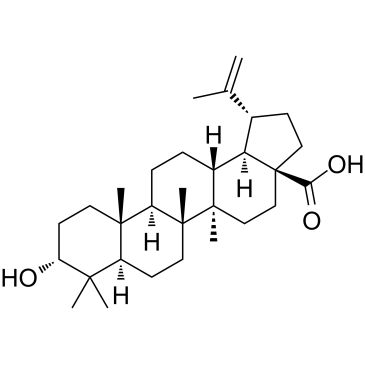
-
GC61669
Ethyl 3,4-dihydroxybenzoate
Ethyl 3,4-Dihydroxybenzoat (Ethyl Protocatechuate), ein Antioxidans, ist ein Prolyl-Hydroxylase-Hemmer, der in der Testa von Erdnusssamen vorkommt.
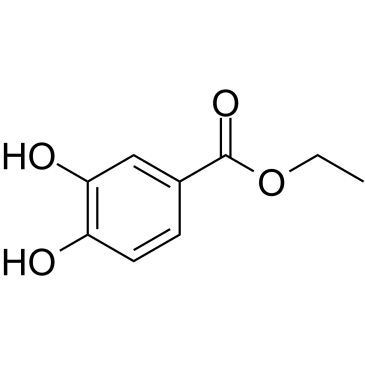
-
GC38678
Ethyl Caffeate
Ethyl Caffeate ist eine natÜrliche Phenolverbindung, die aus Bidens pilosa isoliert wird.
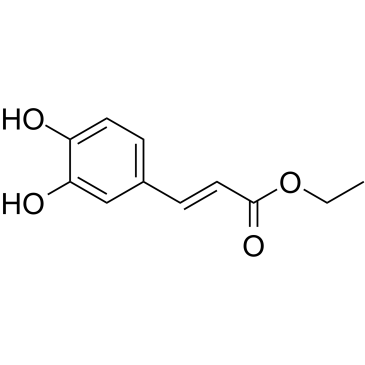
-
GN10220
Ginsenoside Rb3
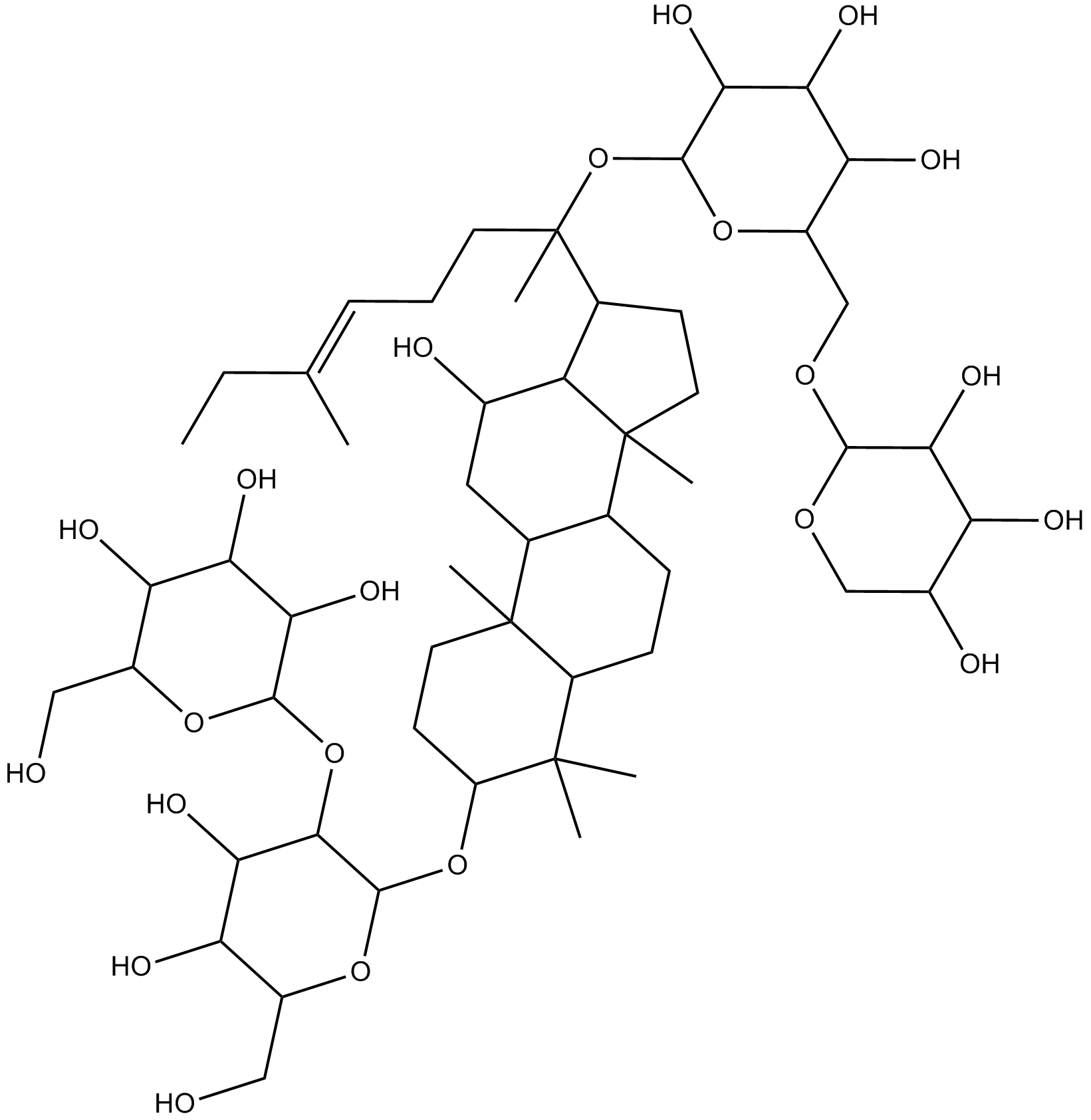
-
GC31673
GW274150
GW274150 ist ein potenter, selektiver, oral aktiver und NADPH-abhÄngiger Inhibitor der humanen induzierbaren Stickoxidsynthase (iNOS) (IC50=2,19 μM; Kd=40 nM) und Ratten-iNOS (ED50=1,15 μM).
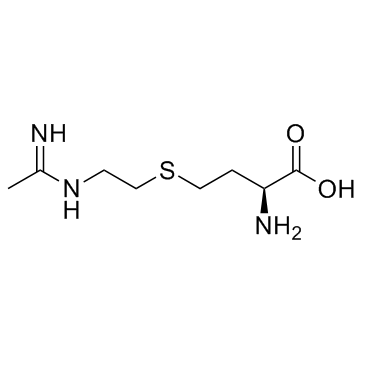
-
GC39388
GW274150 phosphate
GW274150-Phosphat ist ein potenter, selektiver, oral aktiver und NADPH-abhÄngiger Inhibitor der humanen induzierbaren Stickoxidsynthase (iNOS) (IC50=2,19 μM; Kd=40 nM) und Ratten-iNOS (ED50=1,15 μM).
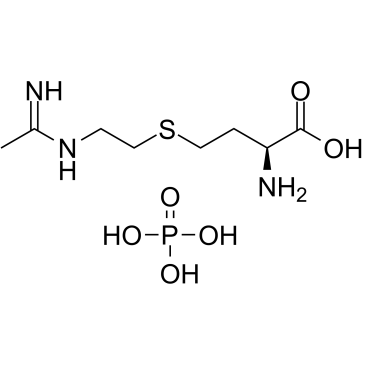
-
GA10738
H-Arg-OH
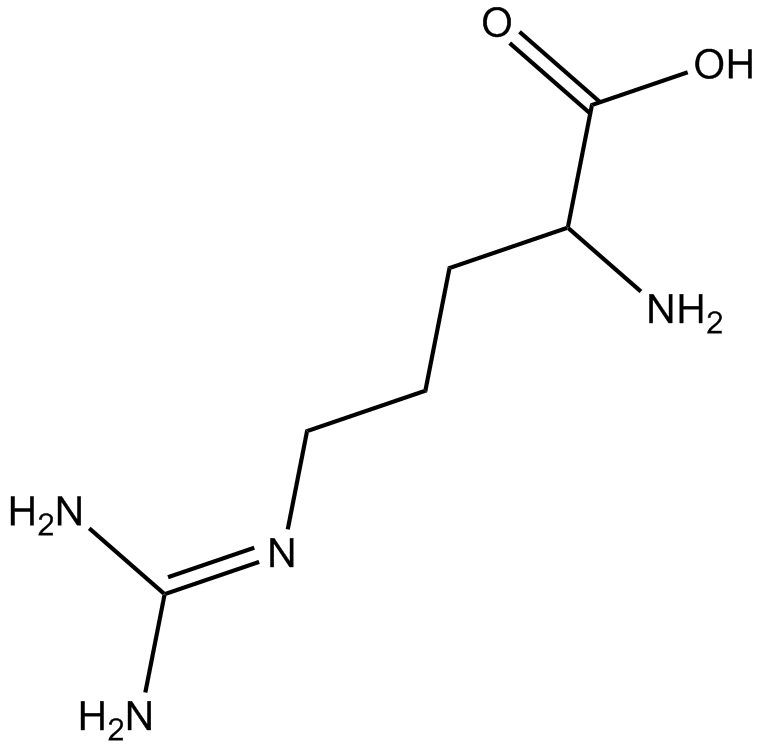
-
GA11127
H-Arg-OH.HCl
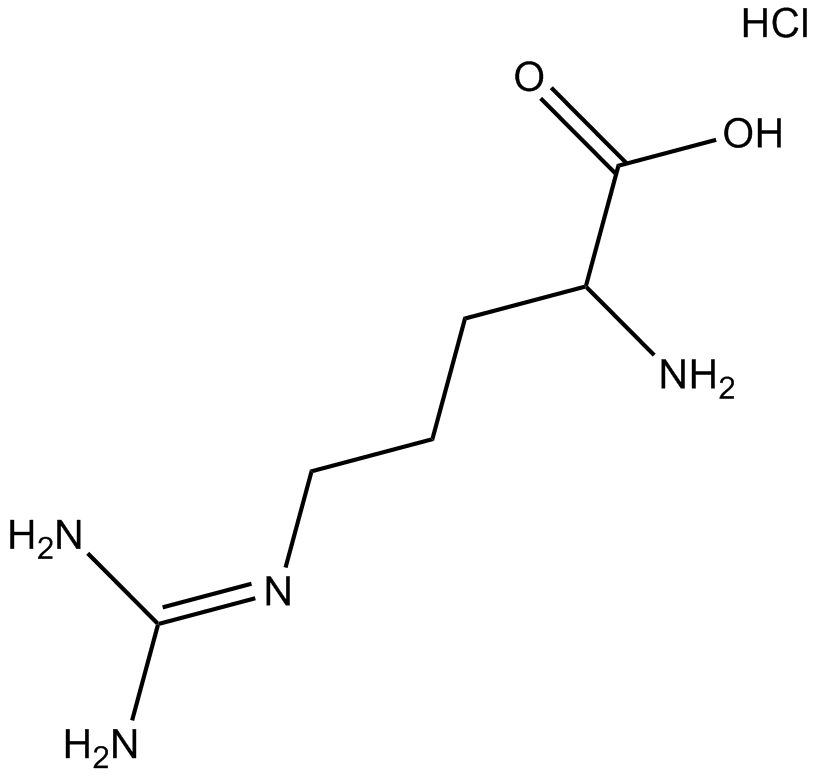
-
GN10205
Irisflorentin
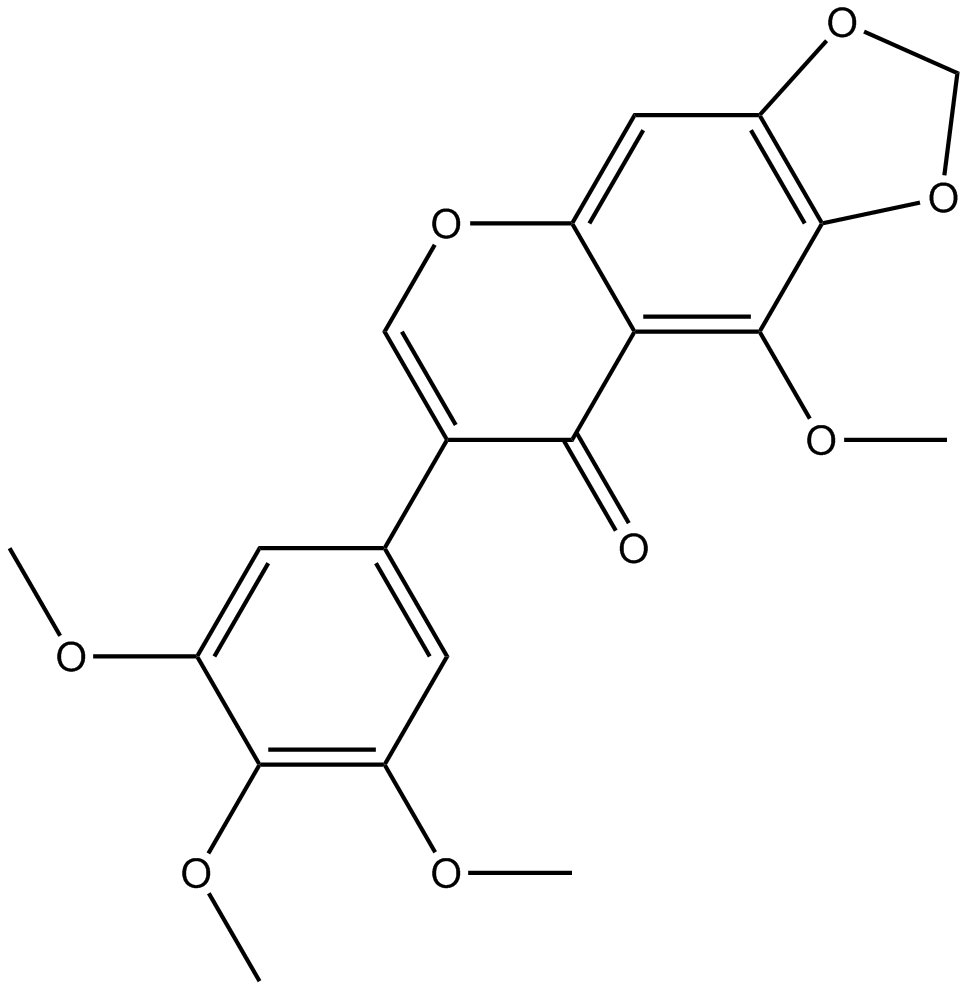
-
GC41273
Isoquercetin
Isoquercetin ist ein Flavonoid, das aus A. isoliert wurde.

-
GC45488
Isosorbide Dinitrate
Isosorbiddinitrat (ISDN) ist ein NO-Donator, der den LV-Umbau und die Verschlechterung der Herzfunktion nach einem Myokardinfarkt (MI) verhindert.

-
GC31391
Kuwanon A
Kuwanon A ist ein Flavonderivat, das aus der Wurzelrinde des Maulbeerbaums (Morus alba L.
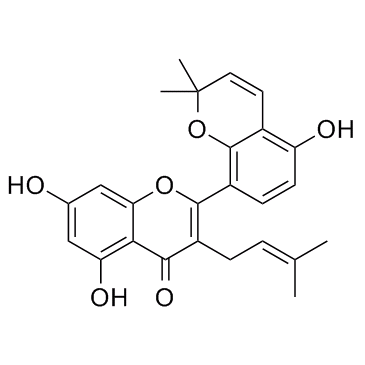
-
GC68379
L-Arginine-13C6,15N4 hydrochloride

-
GC65194
L-Arginine-15N2 hydrochloride
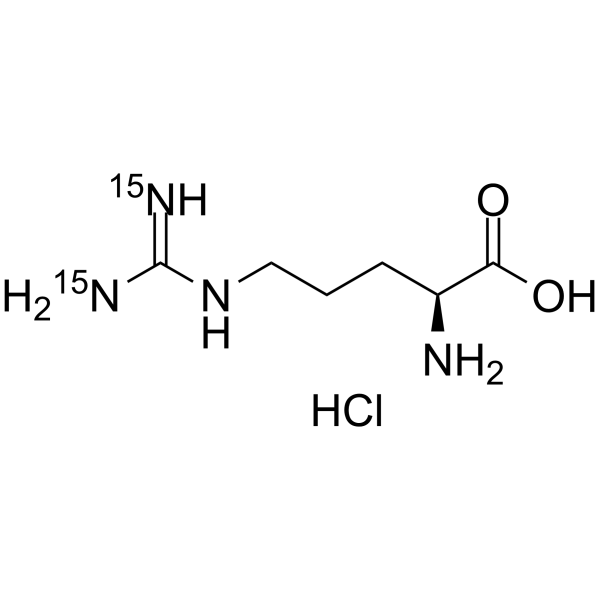
-
GC63918
L-Arginine-15N4 hydrochloride
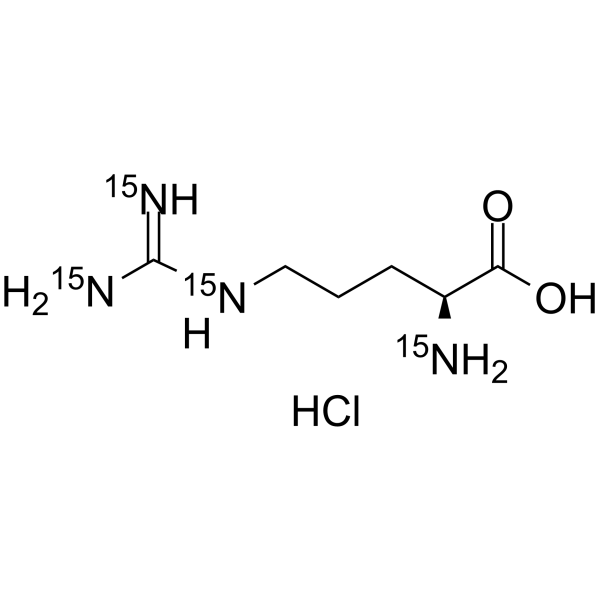
-
GC16200
L-Biopterin
L-Biopterin (L-Biopterin), ein Pterinderivat, ist ein NO-Synthase-Cofaktor.
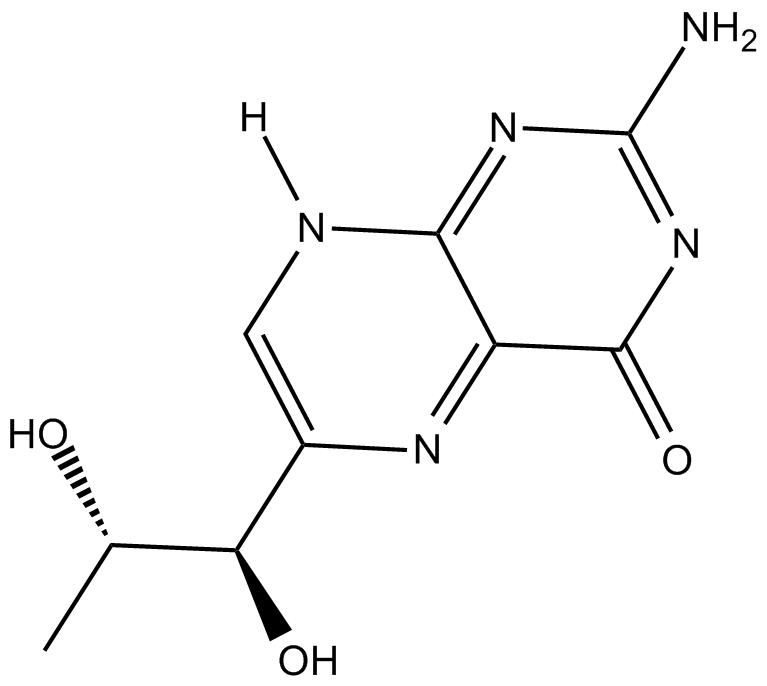
-
GC16656
L-Canavanine sulfate
L-Canavaninsulfat ist ein selektiver Inhibitor der induzierbaren NO-Synthase.

-
GA11233
L-NAME hydrochloride
NG-Nitro-L-Argininmethylester (L-NAME) wird oft eingesetzt, um die konstitutive Stickstoffmonoxid-Synthase (NOS) in verschiedenen biologischen Systemen zu blockieren.
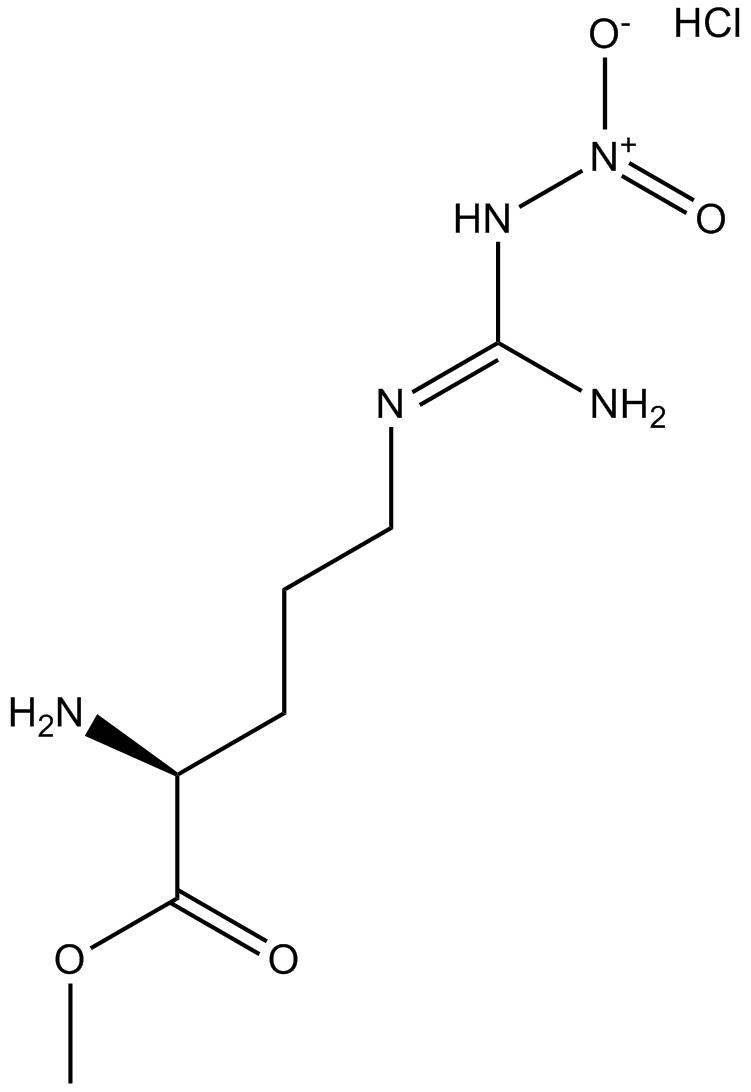
-
GC36471
L-NIL
L-NIL ist ein induzierbarer NO-Synthase-Inhibitor mit einem IC50-Wert von 3,3 μM fÜr miNOS.
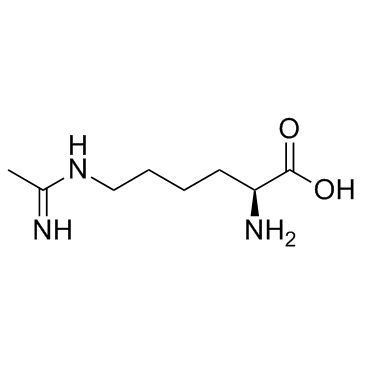
-
GC12867
L-NIO dihydrochloride
L-NIO-Dihydrochlorid ist ein potenter, nicht selektiver und NADPH-abhÄngiger Hemmer der Stickoxidsynthase (NOS) mit Kis von 1,7, 3,9, 3,9 μM fÜr neuronale (nNOS), endotheliale (eNOS) bzw. induzierbare (iNOS). .
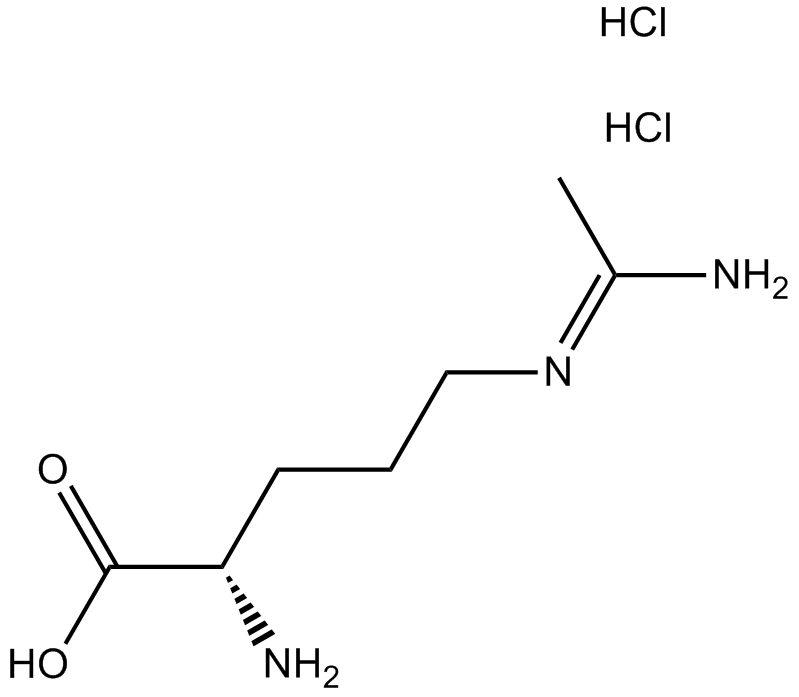
-
GC16926
L-NMMA acetate
L-NMMA-Acetat ist ein Stickoxid-Synthase-Hemmer aller NOS-Isoformen, einschließlich NOS1, NOS2 und NOS3.
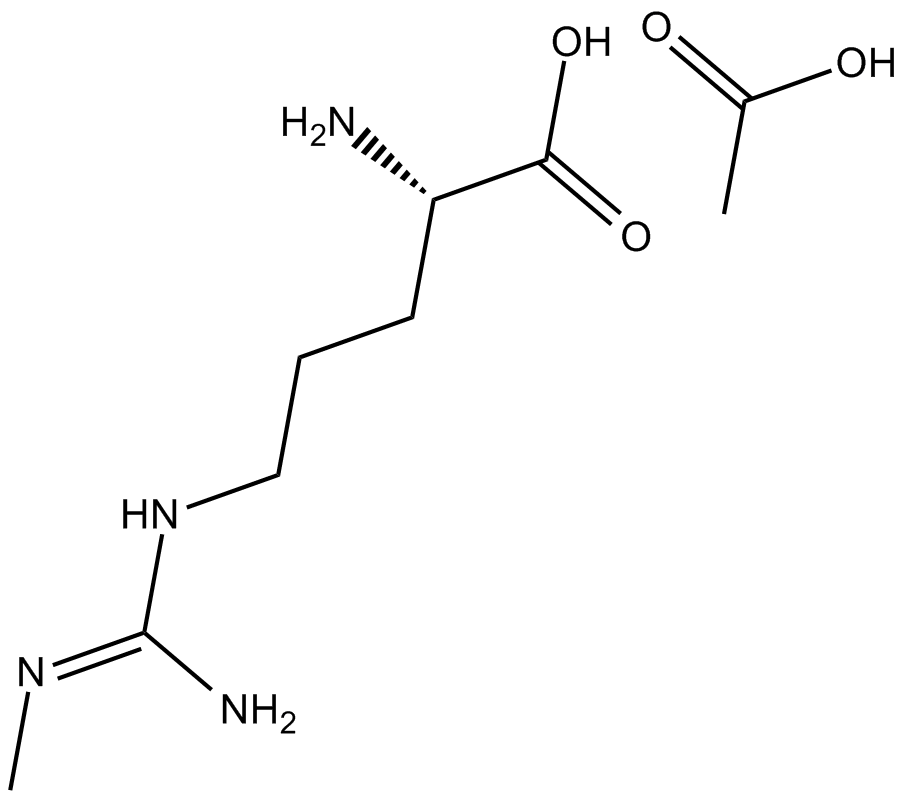
-
GC61015
Luteolin 5-O-glucoside
Luteolin-5-O-Glucosid, ein wichtiges Flavonoid aus Cirsium maackii, besitzt entzÜndungshemmende AktivitÄt.
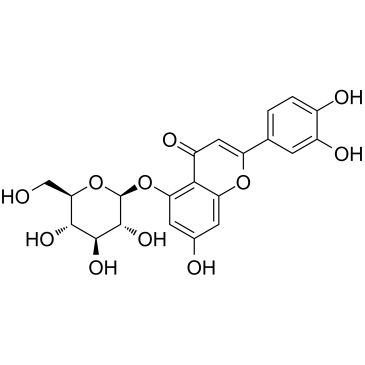
-
GC30051
Methylene Blue (Basic Blue 9)
Methylenblau (Basic Blue 9) ist ein Inhibitor der Guanylylcyclase (sGC), der Monoaminoxidase A (MAO-A) und der NO-Synthase (NOS).
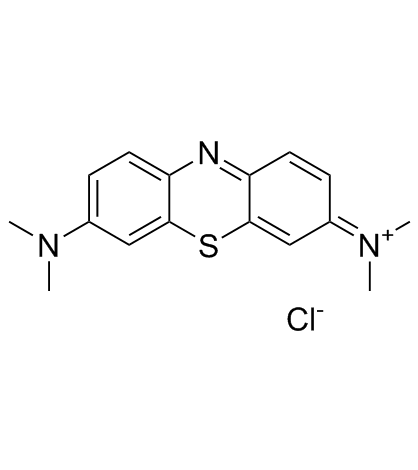
-
GC39603
Methylene blue trihydrate
Methylenblautrihydrat (C.
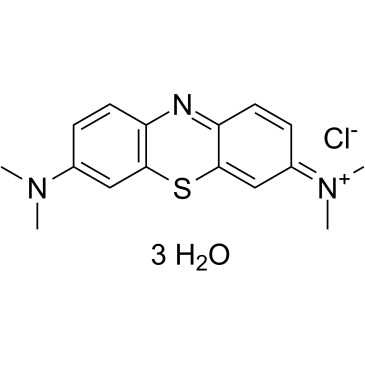
-
GC60267
Neocryptotanshinone
Neocryptotanshinon, ein fetthaltiges Diterpenoid aus Salvia Miltiorrhiza, hemmt Lipopolysaccharid-induzierte EntzÜndungen durch UnterdrÜckung der NF-κB- und iNOS-Signalwege.
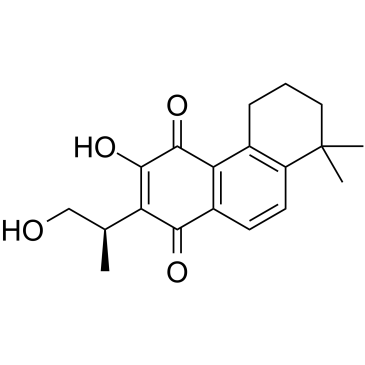
-
GC50011
Nw-Propyl-L-arginine hydrochloride
Nω-Propyl-L-arginin (N-omega-Propyl-L-arginin)-Hydrochlorid ist ein potenter, kompetitiver und hochselektiver Inhibitor der neuronalen Stickoxid-Synthase (nNOS) mit einem Ki von 57 nM.
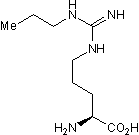
-
GC36914
Piceatannol 3'-O-glucoside
Piceatannol 3'-O-Glucosid, ein aktiver Bestandteil von Rhabarber, aktiviert die endotheliale Stickoxid (NO)-Synthase durch Hemmung der Arginase-AktivitÄt mit IC50-Werten von 11,22 μM und 11,06 μM gegen Arginase I bzw. Arginase II.
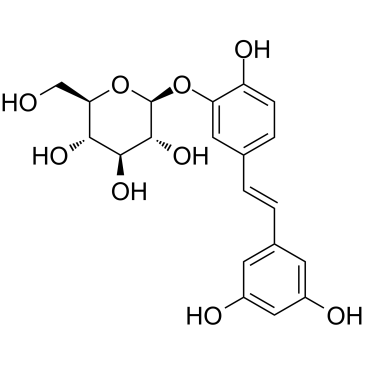
-
GN10395
Prim-O-glucosylcimifugin
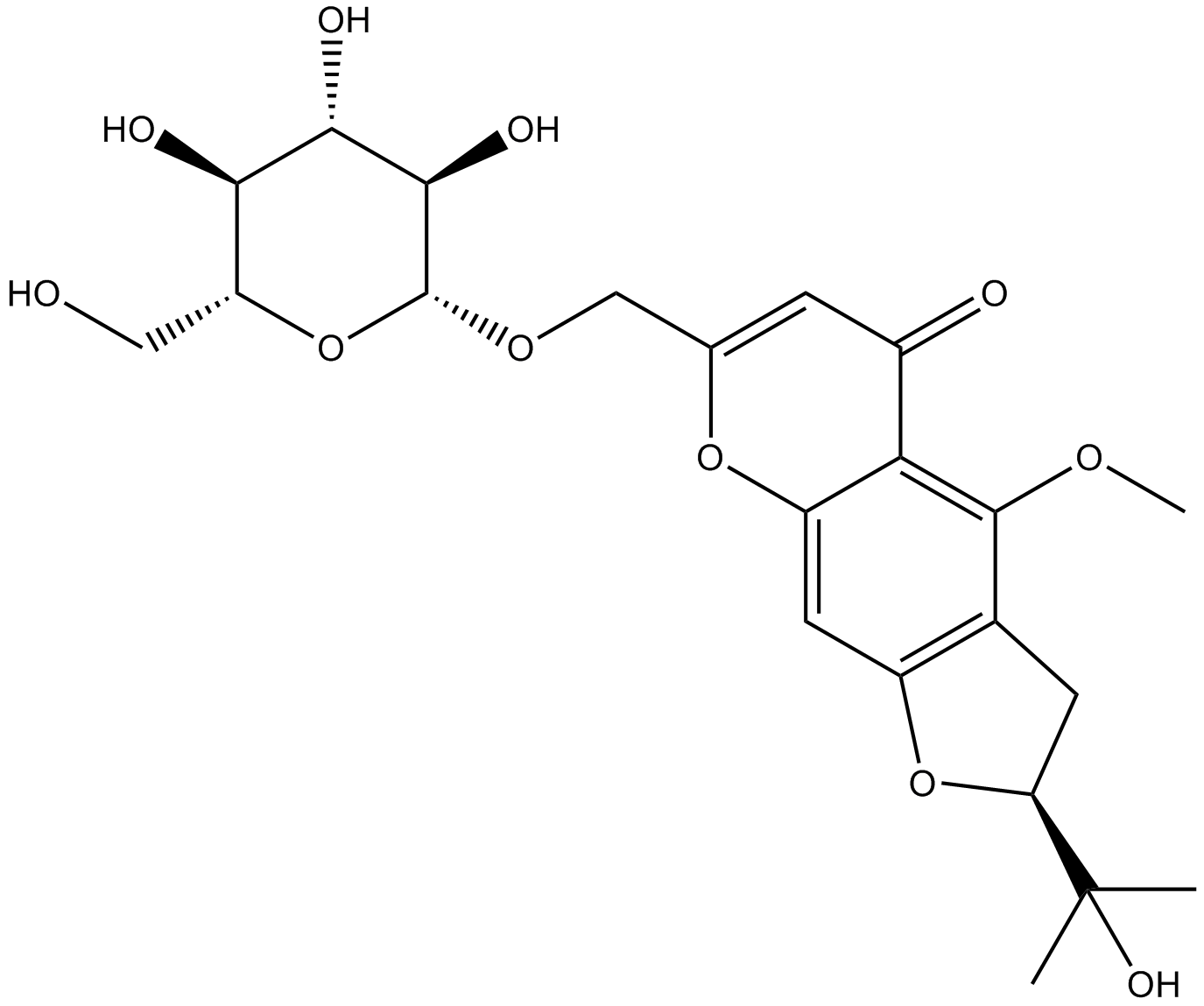
-
GC61235
Regaloside B
Regalosid B ist ein aus Lilium longiflorum isoliertes Phenylpropanoid.
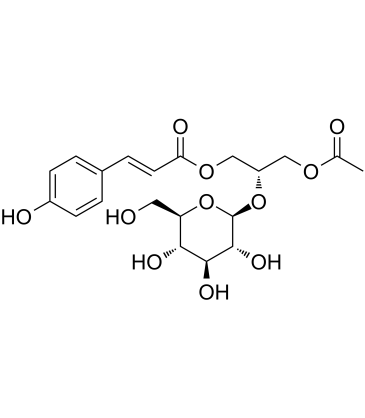
-
GC61238
Rehmapicrogenin
Rehmapicrogenin, isoliert aus der Wurzel von Rehmannia glutinosa, zeigt eine starke entzÜndungshemmende Wirkung durch Hemmung von iNOS, COX-2 und IL-6.
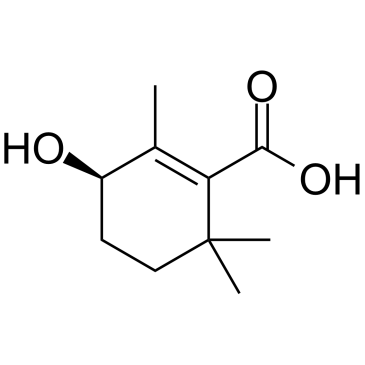
-
GC31243
S-MTC
S-MTC ist ein selektiver Hemmer der Stickoxidsynthase (NOS) vom Typ I.
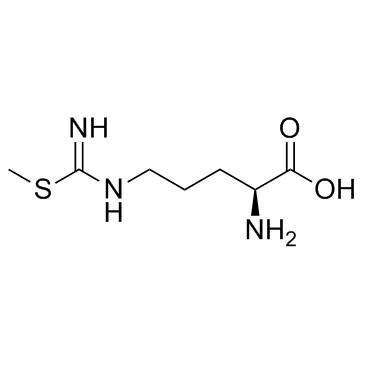
-
GC38849
S-Nitroso-N-acetyl-DL-penicillamine
S-Nitroso-N-acetyl-DL-Penicillamin (SNAP) ist ein Stickoxid-Donor und wirkt als stabiler Inhibitor der Thrombozytenaggregation.
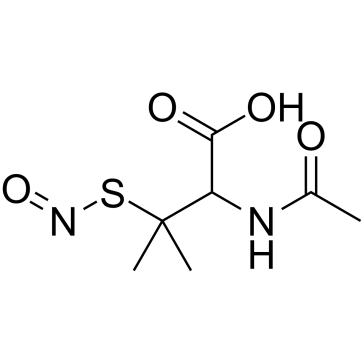
-
GC30323
Syzalterin
Syzalterin ist ein Inhibitor der NO-Produktion mit einem IC50 von 1,87 μg/ml.
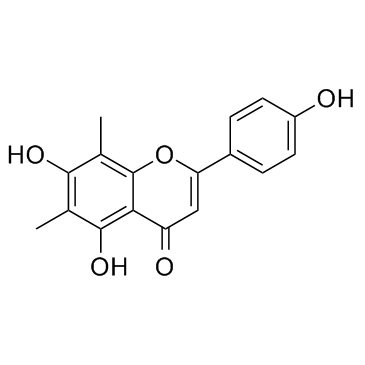
-
GC30774
Tat-NR2B9c
Tat-NR2B9c ist darauf ausgelegt, die Produktion von Stickstoffmonoxid (NO) zu verhindern, indem es das Binden von postsynaptischem Dichte-Protein 95 (PSD-95) an N-Methyl-D-Aspartat (NMDA)-Rezeptoren und neuronalen Stickstoffmonoxidsynthase verhindert.

-
GC34828
Tat-NR2B9c TFA
Tat-NR2B9c TFA (Tat-NR2Bct TFA) ist ein Inhibitor der postsynaptischen Dichte 95 (PSD-95) mit EC50-Werten von 6,7 nM und 670 nM fÜr PSD-95d2 (PSD-95 PDZ-DomÄne 2) bzw. PSD-95d1 .
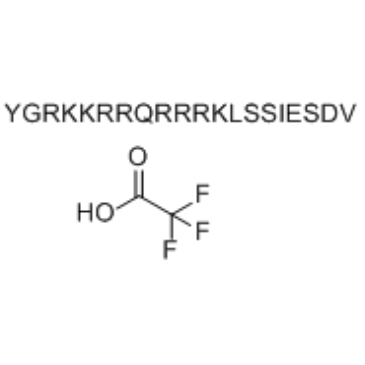
-
GC60354
Tat-NR2Baa
Tat-NR2BAA ist das Kontrollpeptid von Tat-NR2B9c, inaktiv.

-
GC31672
Tetrahydrobiopterin (Sapropterin)
Tetrahydrobiopterin (Sapropterin) ((Rac)-Sapropterin) ist ein Cofaktor der aromatischen AminosÄure-Hydroxylase-Enzyme und wirkt auch als essentieller Cofaktor fÜr alle Stickoxid-Synthase (NOS)-Isoformen.
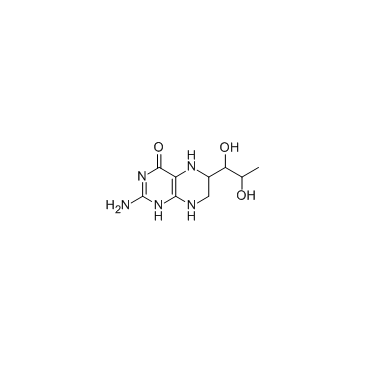
-
GC34255
TP508
TP508 ist ein nicht-proteolytisches Thrombinpeptid aus 23 AminosÄuren, das einen Teil der rezeptorbindenden DomÄne des ThrombinmolekÜls darstellt.
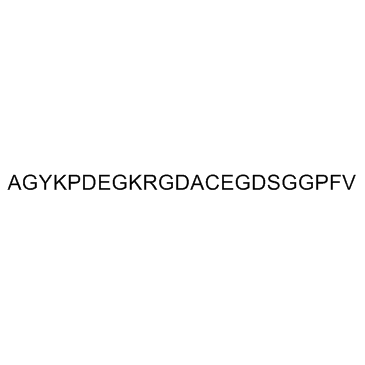
-
GC39515
TP508 TFA
TP508 TFA ist ein nicht-proteolytisches Thrombinpeptid aus 23 AminosÄuren, das einen Teil der rezeptorbindenden DomÄne des ThrombinmolekÜls darstellt.
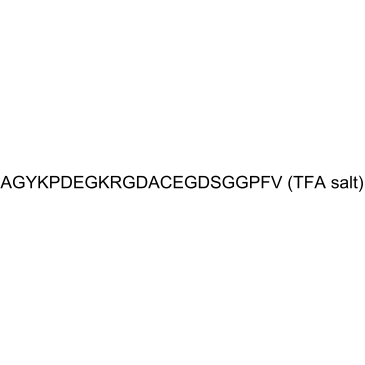
-
GC26091
ZLc002
ZLc-002 is a selective inhibitor of nNOS-Capon coupling. ZLc-002 suppresses inflammatory nociception and chemotherapy-induced neuropathic pain.



